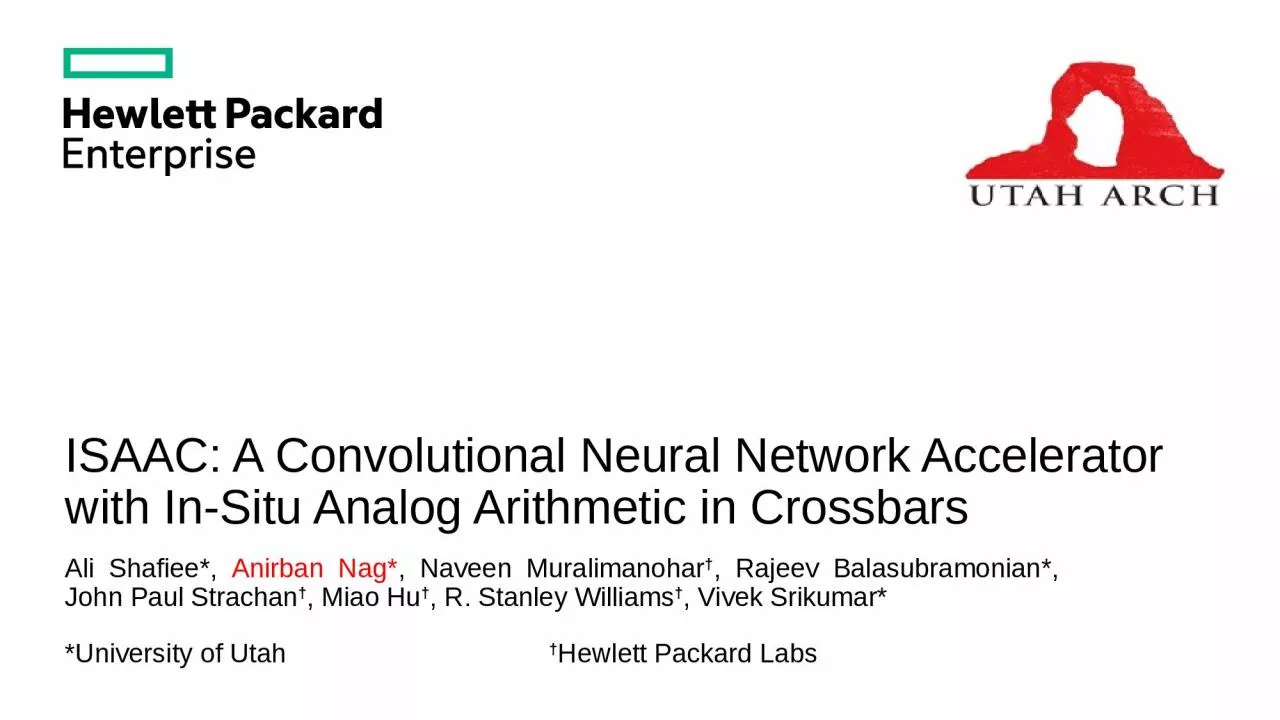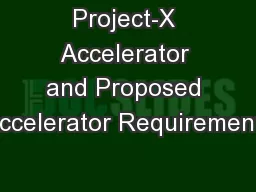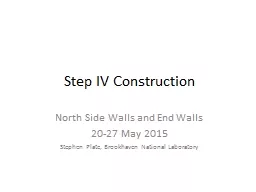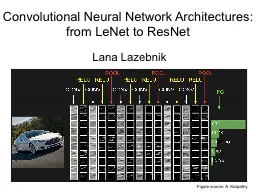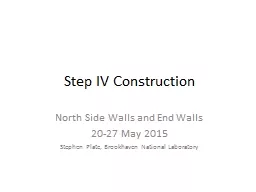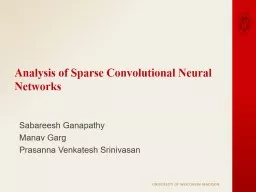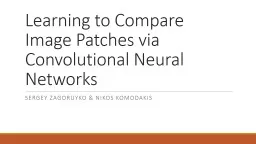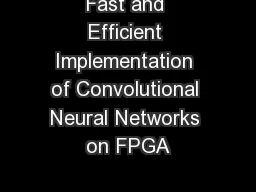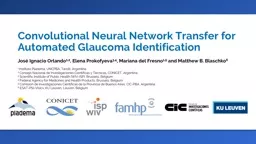PPT-ISAAC: A Convolutional Neural Network Accelerator with In-Situ Analog Arithmetic in Crossbars
Author : edolie | Published Date : 2023-12-30
Ali Shafiee Anirban Nag Naveen Muralimanohar Rajeev Balasubramonian John Paul Strachan Miao Hu R Stanley Williams Vivek Srikumar University of Utah
Presentation Embed Code
Download Presentation
Download Presentation The PPT/PDF document "ISAAC: A Convolutional Neural Network Ac..." is the property of its rightful owner. Permission is granted to download and print the materials on this website for personal, non-commercial use only, and to display it on your personal computer provided you do not modify the materials and that you retain all copyright notices contained in the materials. By downloading content from our website, you accept the terms of this agreement.
ISAAC: A Convolutional Neural Network Accelerator with In-Situ Analog Arithmetic in Crossbars: Transcript
Download Rules Of Document
"ISAAC: A Convolutional Neural Network Accelerator with In-Situ Analog Arithmetic in Crossbars"The content belongs to its owner. You may download and print it for personal use, without modification, and keep all copyright notices. By downloading, you agree to these terms.
Related Documents

